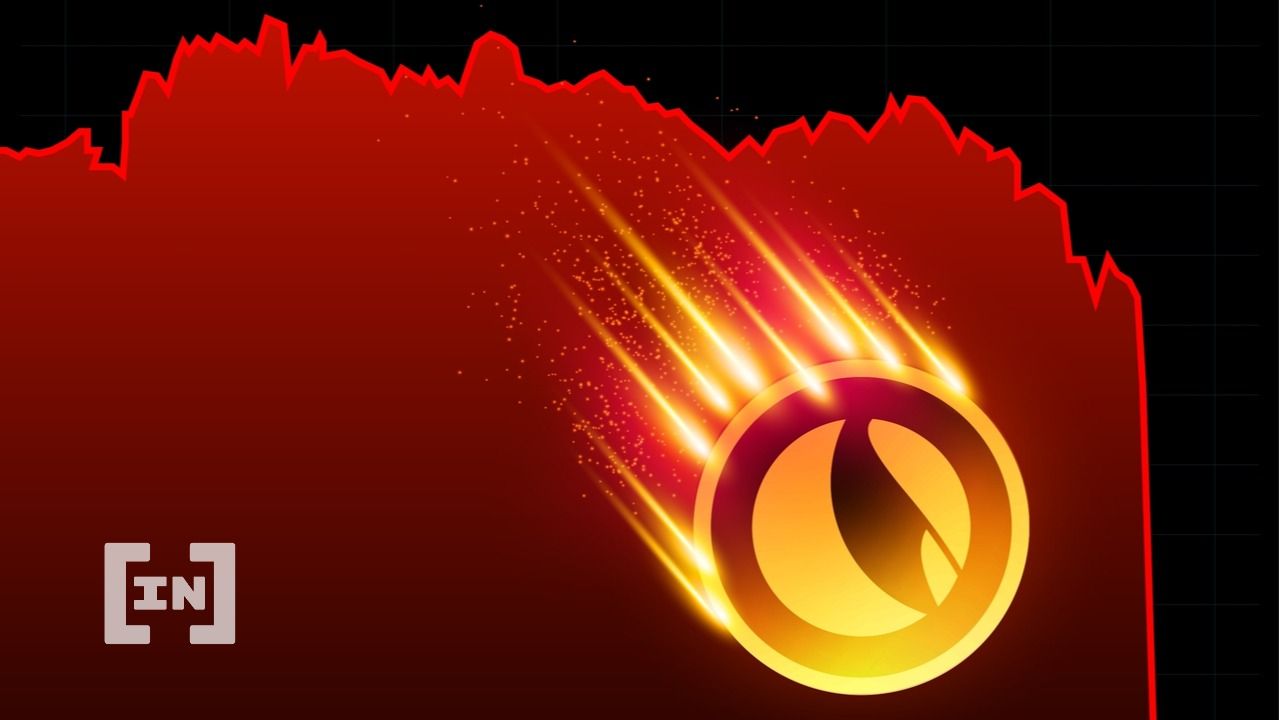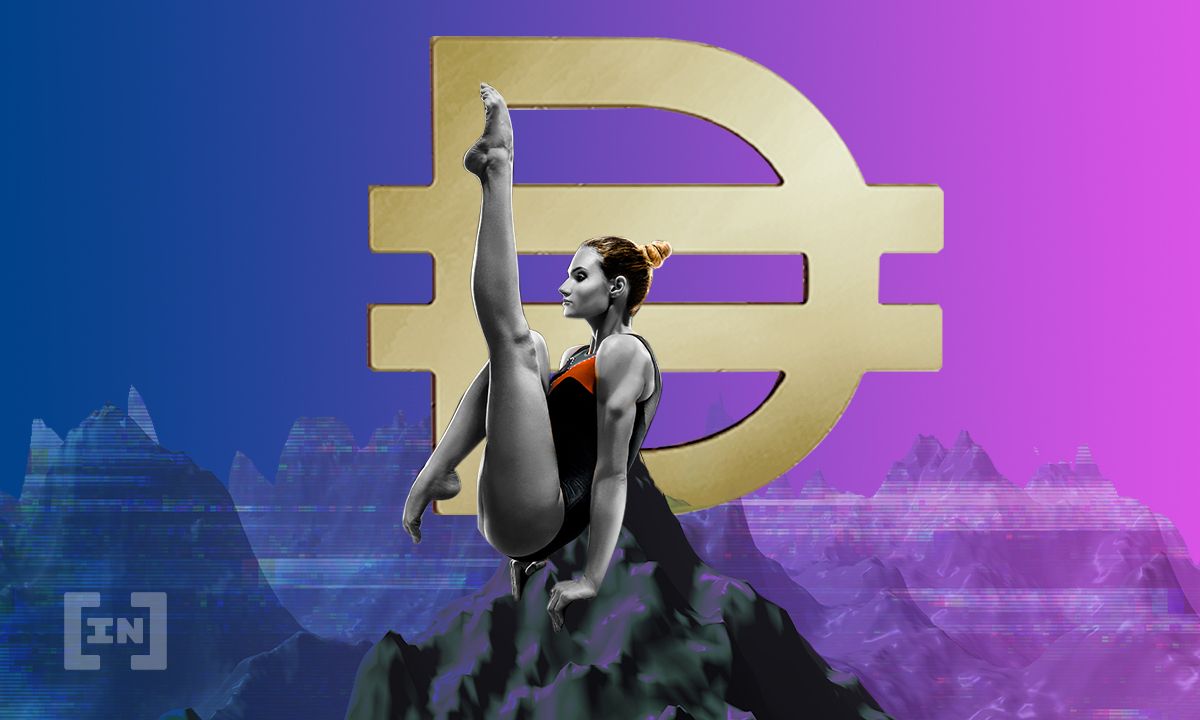Stablecoins have been the talk of the town lately. In this article, Diego Vera of Buda.com explains the different types of stablecoins, and why some are more likely to fail than others.
In May, we saw the collapse of the Terra protocol. It included the LUNA and UST cryptocurrencies. The collapse strongly impacted the cryptocurrency ecosystem .
After the fact, the question regarding stablecoins or stable currencies was once again in the fore. How safe are stablecoins really?
Before answering this question, let’s take a brief look at what happened to UST, the Terra stablecoin.
SponsoredWhy did UST collapse?
In the newsletter of the first of April of this year, we told you how Terraform Labs, the controlling company of the UST stable coin and the LUNA cryptocurrency, was spending $100m daily in purchases of Bitcoin (BTC). They argued that they were “supporting UST in case of a selling pressure that could decouple the stablecoin from the dollar.”
The company managed to purchase a total of 80,000 BTC (about $2.3 billion at current prices) for this purpose. So the plan didn’t work out?

The main attraction of Terra was the Anchor protocol, a set of instructions programmed in the blockchain that offered a 20% annual return on the UST stablecoin for leaving your coins in it. This 20% was financed through the creation (“printing” in the old way) of new LUNA tokens. The LUNA tokens were in turn were also responsible for maintaining the parity of UST with the dollar using an algorithm. These types of stablecoins are called “algorithmic stablecoins.”
An algorithm is a sequence of logical steps that allow a specific function to be fulfilled. In this case it refers to algorithms created to maintain the cryptocurrency<=>dollar parity.
Stable coins: Not so stable
With the price drop in the crypto market that occurred on the first weekend of May, LUNA lost about 50% of its value in just 1 day. This caused UST to lose its parity with the dollar (since LUNA supports UST). People started taking their UST out of the protocol, and in that weekend, $7 billion was withdrawn.
The algorithm, trying to prevent UST from continuing to lose its value, began to print more LUNA, artificially, and inject it as “back” to this stablecoin. By doing this (increasing the supply of LUNA without an increase in demand), the token heavily devalued, thus also UST.
This is known as “the algorithmic stablecoin death spiral.” UST is not the first to experience it. Well-known algorithmic stablecoins that have failed include IRON, ESD, ZAI, and several more.
And the 80 thousand BTC of Terra? The company say that “they used almost all of these to try to keep UST afloat.” This is without positive results.

Why aren’t all stablecoins the same ?
We have already met algorithmic stablecoins, but what others are there?
There are 2 main categories of stablecoins:
• algorithmic
• asset-backed
Stablecoins: Asset-backed – centralized
These types of stable coins, or stablecoins, are backed on a 1:1 basis with dollars or low-volatile short-term assets of equivalent value. In other words, for every 1 of the coins minted, there is 1 dollar in a backup bank account.
Very similar to how national currencies used to be before, where banknotes were backed by gold . In these stablecoins, the tokens are backed by banknotes (although since the 1970s national banknotes have ceased to be backed by gold).
USDC or USDT, the two largest stablecoins in the ecosystem, fit into this category. Both are issued by centralized entities (Centre in the case of USDC and Tether in the case of USDT).
USDC is the most transparent, audited and regulated stablecoin (which is why we chose it on Buda.com). It is also the fastest growing, most likely for the same reasons.
The issuing company publishes monthly accounting reports of the reserves and their respective support, carried out by the New York firm, Grant Thornton.
SponsoredIn the case of USDT, the issuing company, Tether, ensures that its reserves are 100% backed, although they have had problems with the law in the past, where even the New York Attorney General accused them of “covering massive financial losses.”
It should be noted that Tether publishes accounting reports every three months, in which it assures that its backing is indeed 1:1.
In recent weeks, and after what happened with UST, the market capitalization of USDT fell 13%, losing $10 billion, while that of USDC increased 10%, equivalent to $5 billion. This revealed the value that users give to transparency in these types of assets.
Stablecoins: Asset-backed – decentralized
These types of stable coins are backed by other cryptocurrencies, such as Bitcoin or Ether. The collateral used for its issuance is greater than 1:1. Thus, they manage to maintain the value of the currency in the event of a sharp drop in the market.
The best known case is DAI, whose creator protocol is the decentralized company MakerDAO.
Anyone can use this protocol, without the need for private intervention.
How does it work? Its logic is similar to the Buddha.com Bitcoin-backed credits, but in a decentralized way.
First of all, to mint DAI you must use a dApp (decentralized application). You have to have a wallet that allows you to connect to it, such as MetaMask. Let’s imagine that a person wants to receive 2,500 DAI (equivalent to US$2,500).
Sponsored SponsoredFor that, you must leave locked in the protocol, at least, $3,750 (150% collateral).
But what happens if ETH falls in price against the dollar? The collateral (ETH) will be instantly liquidated by the dApp’s smart contract, and the person will only keep the DAI.
On the contrary, if the price of ETH increases, you will be able to exchange the DAI for the ETH collateral that you previously left locked in the protocol. The difference is that this ETH is now worth more in USD.
To reduce the risk of instant liquidation should the price of ETH drop, the user can, for example, enter $5,000 instead of $3,750. In this case, the collateralization would be 200% and the margin of downward movement of the price of ETH, before the liquidation occurs, will be greater.

Attention
Decentralized protocols carry a high risk of losing all or part of your investment, even when you fully understand how they work.
It is essential that if you plan to participate in a project, you do your own research regarding the risks that this entails, so that your experience in the crypto world is as positive as possible.
About the author

Diego Vera is the Communications Manager at Buda.com. He aims to spread the Bitcoin philosophy and looks forward to the communicational transformation we are experiencing. He is learning a little more about the crypto world every day.
Got something to say about stablecoins or anything else? Write to us or join the discussion in our Telegram channel. You can also catch us on Tik Tok, Facebook, or Twitter.

